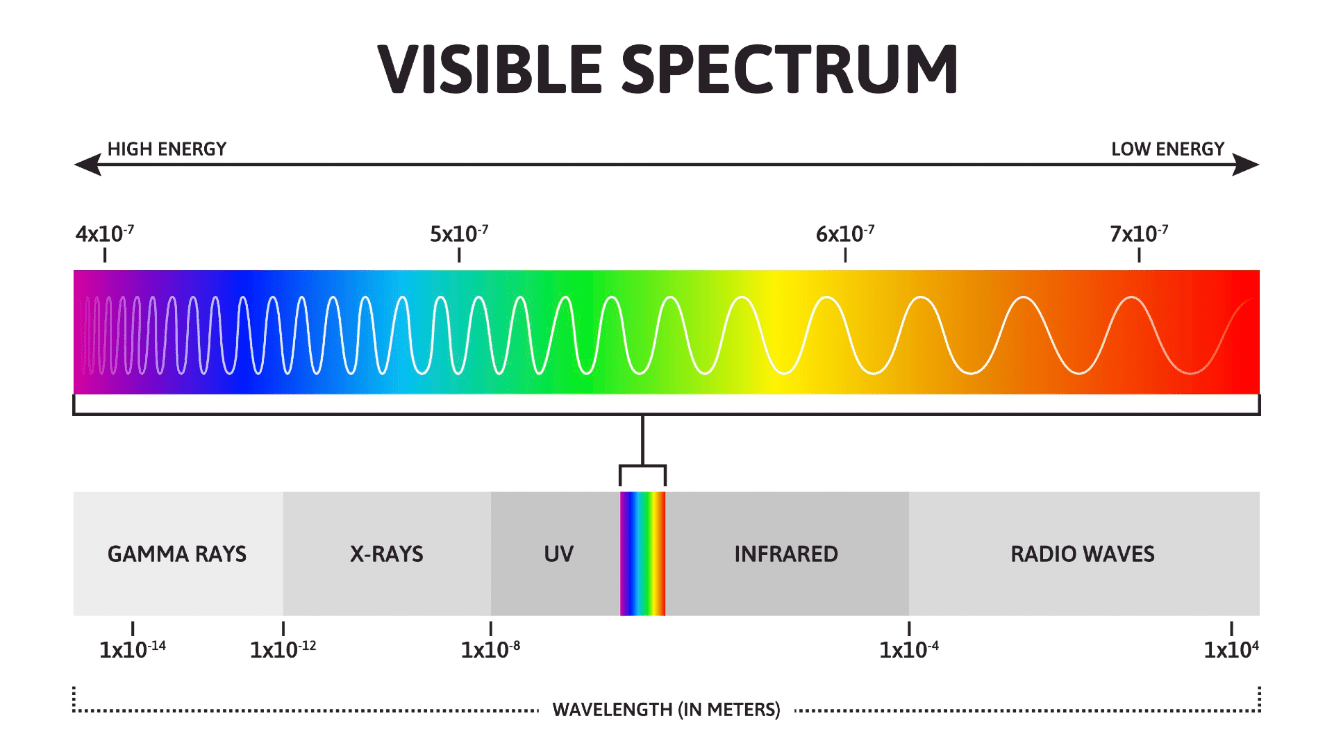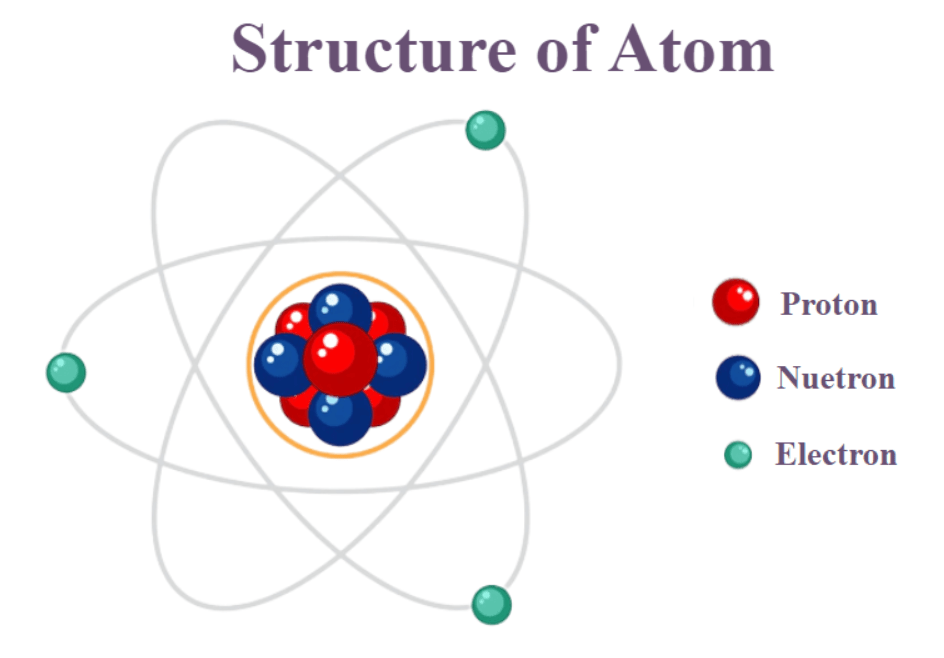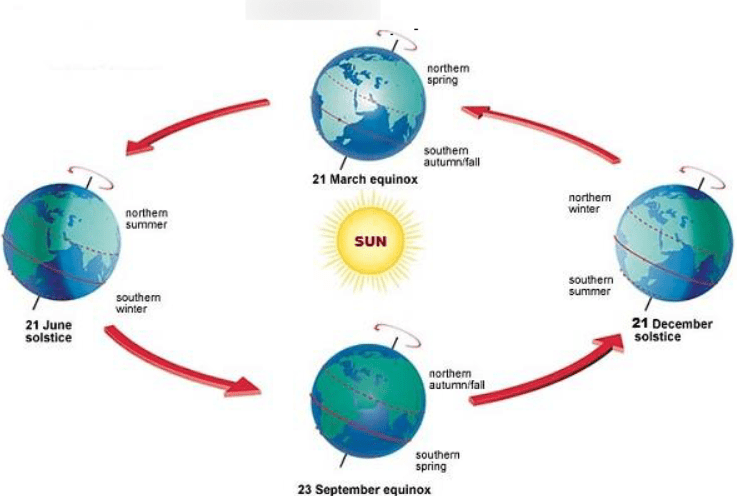A tiny “building block of life,” it has a membrane, cytoplasm, and a nucleus.
What is a cell?
Ice, liquid water, and water vapor show three common states of matter: solid, liquid, and _____?
What is gas?
Earth’s tilt causes different seasons. In the Northern Hemisphere, which season starts around June 21?
What is summer?
Signed on July 4, 1776, this document announced the colonies’ break from Britain.
What is the Declaration of Independence?
The U.S. Congress makes laws, the President enforces them, and the courts interpret them. These are the three _____ of government.
What are branches?
Plants make their own food, while animals cannot. What word describes organisms that make food from sunlight?
What are producers or autotrophs?
When you let go of a stretched rubber band, which form of energy is converted into kinetic energy?
What is potential energy?
Magma that cools quickly at Earth’s surface forms basalt. Basalt is an example of which rock type?
What is igneous rock?
Name the U.S. President who issued the 1863 Emancipation Proclamation during the Civil War.
Who was Abraham Lincoln?
The First Amendment protects five basic freedoms. Name any two of them.
What is freedom of speech, religion, press, assembly, or petition?
If a pea plant has one tall‑stem allele (T) and one short‑stem allele (t), what term describes its genetic makeup?
A. homozygous B. heterozygous
C. dominant D. recessive
What is,
B- heterozygous?
A ball is rolling down a hill that levels out flat at the bottom. If there are no objects in the balls path, what force will ultimately stop the ball?
What is friction?
The San Andreas Fault marks the boundary where two plates grind past each other. What kind of plate boundary is this?
What is a transform boundary?
Which constitutional amendments, known collectively as the Civil War Amendments, abolished slavery, granted citizenship, and protected voting rights?
What are the 13th, 14th, and 15th Amendments?
The President can veto a bill, but Congress can override the veto with a two‑thirds vote. This is an example of what constitutional principle?
What is checks and balances?
A student monitors oxygen output while shining light on spinach leaves in water. Which cellular process is being measured?
What is photosynthesis?
A science class uses prisms to separate white light into colors.
The light separates into separate colors because each color has a different _______.

What is wavelengths?

Ice‑core data show CO₂ levels have risen from ~280 ppm in 1750 to over 420 ppm today. Name one primary human activity responsible for this rise.
What is burning fossil fuels (coal, oil, natural gas combustion)?
The Social Security Act (1935) and CCC are examples of programs from which set of New Deal reforms?
What was FDR’s First New Deal?
Marbury v. Madison (1803) established the Court’s power to strike down laws as unconstitutional. What is this power called?
What is judicial review?
CRISPR allows scientists to cut and replace DNA sequences in living cells. Which evolutionary mechanism does this technology most directly bypass?
What is natural selection?
Name the three parts of an atom, indicated by the three different colored dots in the diagram below.

What is responsible for causing the seasons in New York and all other seasonal locations?
The tilt of the Earth on it's axis

In Brown v. Board of Education (1954), the Supreme Court overturned what earlier decision that had upheld “separate but equal”?
What was Plessy v. Ferguson (1896)?
Under Article I, Section 8, the “necessary and proper” clause expands federal power, but the Tenth Amendment reserves powers to the states. Which governmental system does this tension illustrate?
What is federalism?
A system of government where power is divided between a national (federal) government and regional (state) governments.
This division ensures a balance of power and allows for both national unity and regional autonomy.